Assistive Technology
Assistive technology is any item, piece of equipment, or product system, whether acquired commercially off the shelf, modified, or customized that is used to increase, maintain, or improve functional capabilities of individuals with disabilities. It helps students work around their challenges and promote functional independence and participation across settings. Some examples of assistive technology are text-to-speech, word prediction and talking calculators. Assistive technology can also include low-tech tools such as pencil grips, weighted vests, slant boards and visual supports.
Adaptive Play in Early Childhood
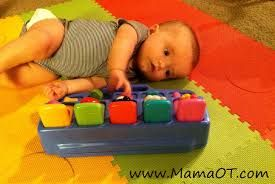
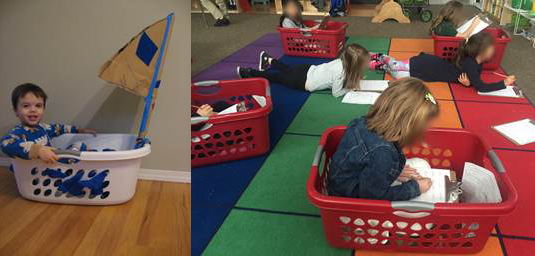
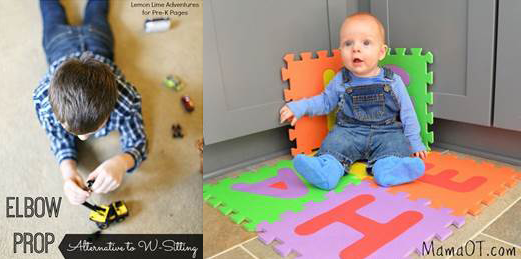
To assist with grasping skills, toys can be modified by building the size up for easier grasping. This can be accomplished using pipe insulation, foam rollers, masking tape, etc. Adaptive utensils can also be helpful. Sometimes a wider handle is all that is needed, but for children who are lacking wrist movement, the spoon can also be bent to align it to be placed into their mouth easier.
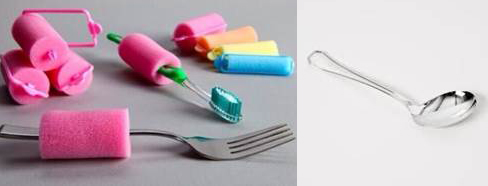
Another method that can be used for children who are lacking the ability to maintain hold of a spoon or pencil, is to place the item through a wiffle golf ball. Industrial strength twist ties can also be used to wrap around a student’s hand to help maintain grasp of an item.
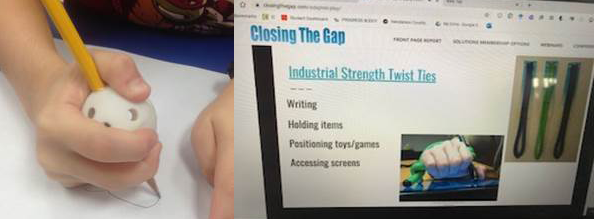
To help promote proper writing position, and for beginner writers who are learning to hold a pencil correctly, having them write on a slanted surface is very helpful.
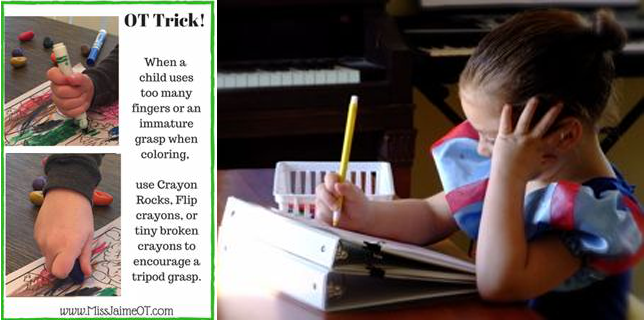
To help maintain proper grip, make an adaptive grip splint which can help hold a pencil/crayon in the space between the thumb and index finger. A small ring or item is then held between the ring and little finger in the palm of the hand.
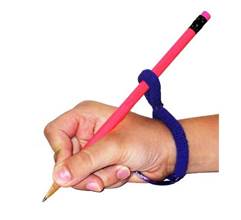
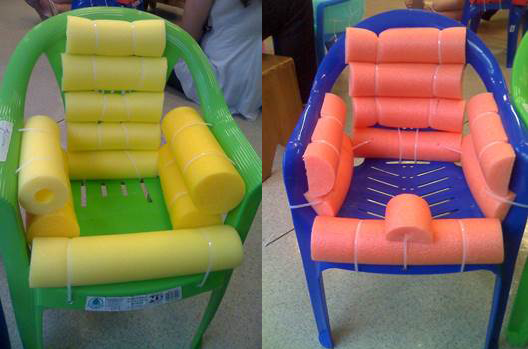
Use pool noodles to assist positioning.